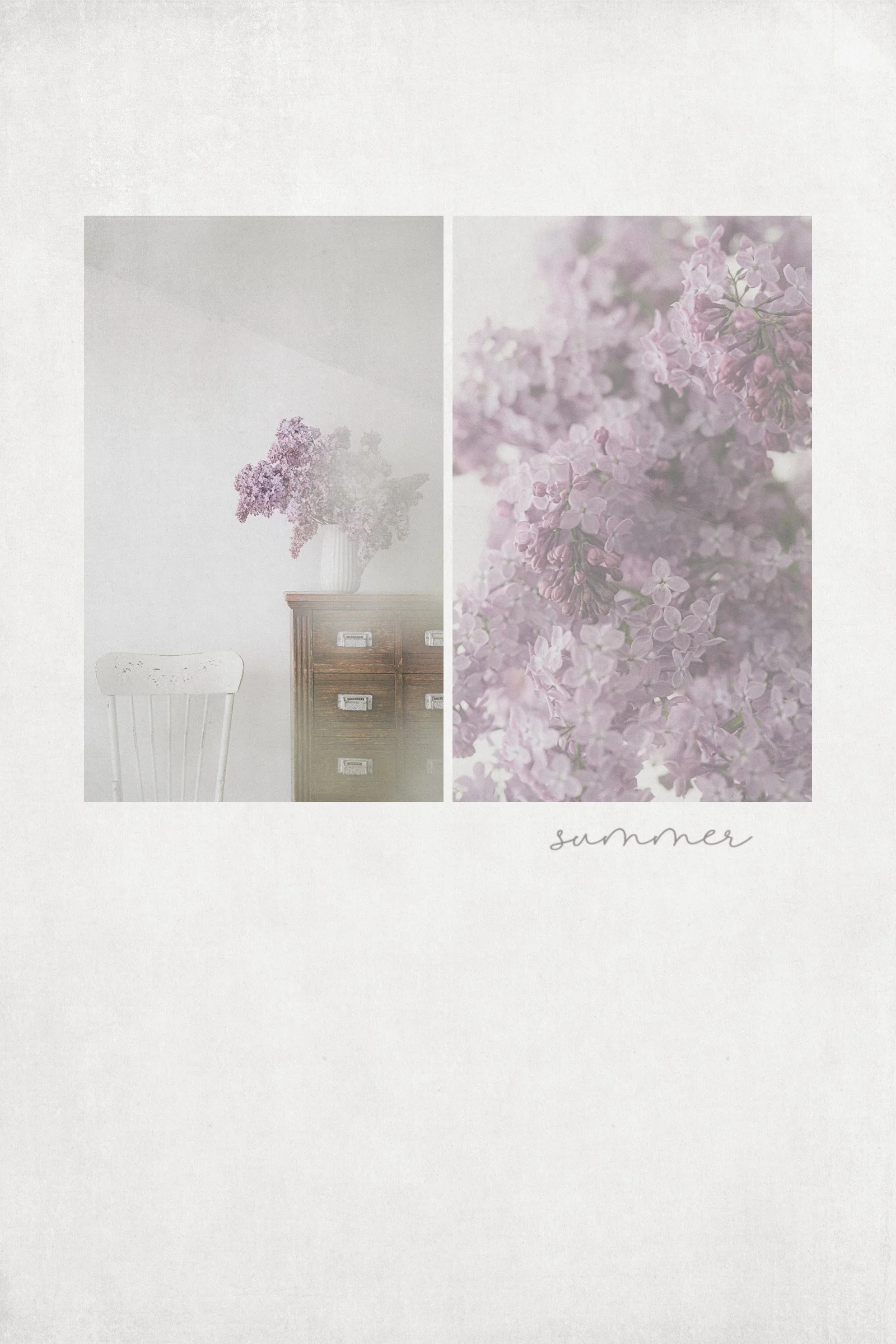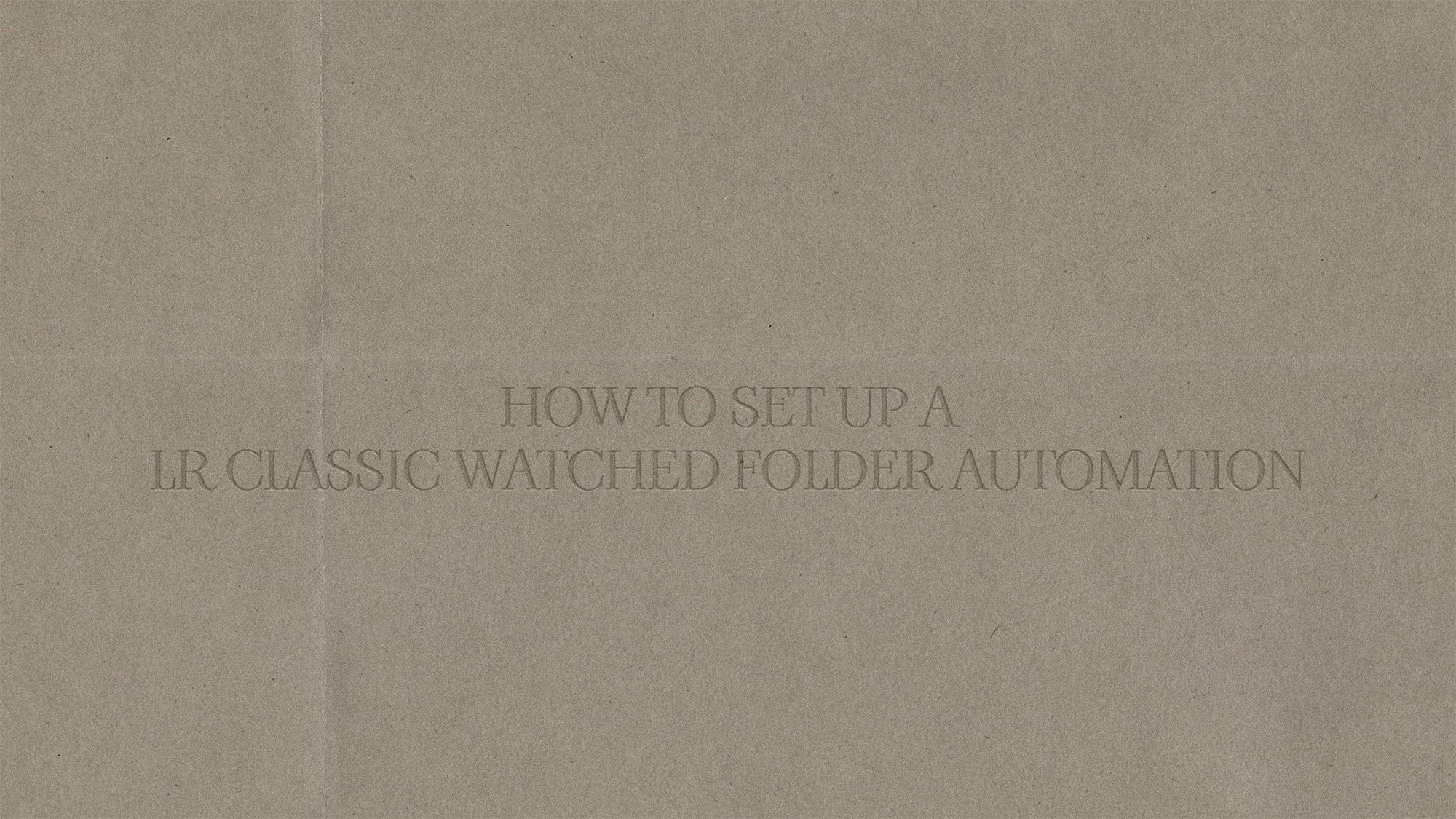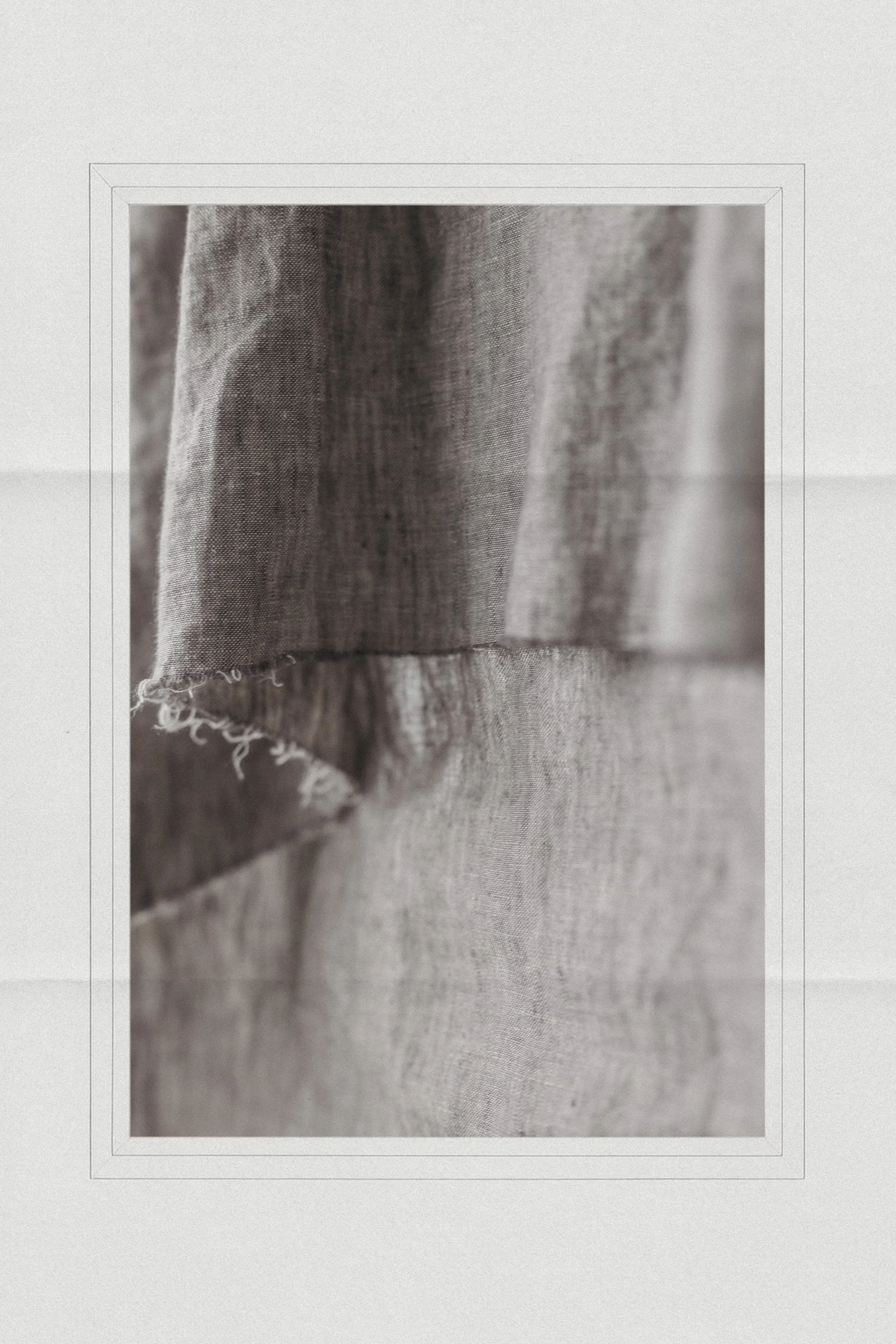How do I set up a watched folder in Lightroom Classic?
You can set up a watched folder in Lightroom Classic using its Auto Import feature. This allows Lightroom to automatically import any new photos that appear in a specific folder, without you having to do it manually.
It’s a simple automation that quietly runs in the background—perfect for keeping your workflow smooth and your favourite photos at your fingertips.
Why I Use It
I’ve been prepping for my upcoming Analog Editing class—gathering images from both my MacBook and Studio Mac. I want all the edited photos to land back in Lightroom Classic, ready to review or share.
This is where the watched folder automation comes in. It keeps things synced, simple, and easy to find.
And just a sidenote: I’ve started documenting these little systems I use—because if they make life easier for me, maybe they’ll help you too.
Setting up a Watched Folder Automation in Lightroom Classic
How to Set Up a Watched Folder in Lightroom Classic
☐ In Lightroom Classic Library
➝ File ➝ Auto Import ➝ Auto Import Settings
☐ Tick ‘Enable Auto Import’
➝ Under Watched Folder, click Choose and pick your EMPTY folder — or create one just for this.
➝ Under Destination Folder, select where Lightroom should move the files once they’re imported (e.g. a folder named Analog).
☐ Optional Extras
➝ Apply a Develop preset, metadata preset, keywords, or a rename rule if helpful.
☐ Click OK
➝ Lightroom watches in the background and imports anything new that lands in that folder.
Unexpected & Useful Ways to Use a Watched Folder in Lightroom Classic
☐ Phone-to-Lightroom automation.
Set your phone (or Dropbox/iCloud sync) to export edited photos to a specific folder ➝ Lightroom watches that folder ➝ your favorite mobile shots show up automatically, ready to tag or organize.
☐ Design Asset Tracker
If you’re creating graphics or layouts in Photoshop, Canva, or InDesign, save your final exports into a watched folder. Lightroom will pull them in so you can keep all your visual assets in one place. (this is similar to my Analog setup)
☐ Client Upload Portal
Share a folder with your client (Dropbox, Google Drive, etc.). Ask them to drop in their selects or reference images - Lightroom watches the folder and brings everything into your catalog automatically.
☐ Tethered Alternative for Shoots
Not using Lightroom’s tether tool? (I use Nikon’s NX-tether).Shoot into a folder your camera or capture software writes to. Lightroom will bring in each new photo as you shoot - ideal for flat lays, human touch or studio sessions.
☐ Scanner Companion
Scanning old photos or film? Set your scanner to save directly into a watched folder, and Lightroom will auto-import as you go - no dragging or importing needed.
☐ Moodboard or Inspiration Collector
Set up a watched folder for reference images - anything you drag in (screenshots, photography inspo, creative prompts) gets auto-added to Lightroom for easy browsing.
☐ Before & Afters Tracker
Want to keep track of the final edits you export? Have them land in a watched folder so Lightroom adds them right back into your catalog for comparison, archiving, or sharing.
☐ Social Media Publishing Queue
Create a folder for your blog or IG visuals - export to that folder ➝Lightroom watches ➝ you can keyword, caption, or sort them before scheduling.
Summary:
To auto-import photos in Lightroom Classic, enable Auto Import and choose a watched folder. Lightroom will quietly import new files that appear in that folder, saving you time and clicking around looking for lost photos.
That’s it for today’s simple but significant workflow tip.
If it saves you even a few clicks, I’d love to know in the comments below.
xx
Kim
p.s.
More details on the Analog Editing workshop - HERE














Step away from the screen and make something instead. A collection of free holiday printables—postcards, paper chains, vintage art cards—for a quieter kind of making this season.